
Tynemouth Priory and Castle is a good place to visit. The main highlights here are the ruined priory, the shrine area where a Saxon saint was believed to be buried, a gatehouse, the castle walls, a 20th century restored coastal defence battery and fine views from its cliff-top position.
The priory was founded in the 7th century. St. Oswine (or Oswin), a king of Northumbria and cousin of St.Bede, was killed and buried here in 651. Two other kings were also buried here: Osred II, king of Northumbria, in 792 and Malcolm III, king of Scotland who was killed at the battle of Alnwick in 1093. Malcolm’s body was later reburied in Scotland.
The priory was plundered and partly destroyed by the Danes on several occasions during the 800s and Oswin’s grave was forgotten until 1065 when a priest found some bones under the church and claimed them to be the saint’s remains. Local people began to make pilgrimages to the grave in the hope that their prayers would be answered, and their donations brought prosperity to the priory.
A Benedictine monastery was founded here in the 11th century and within its walls were kitchen gardens, farm animals and orchards as well as cloisters and other buildings for the monks.
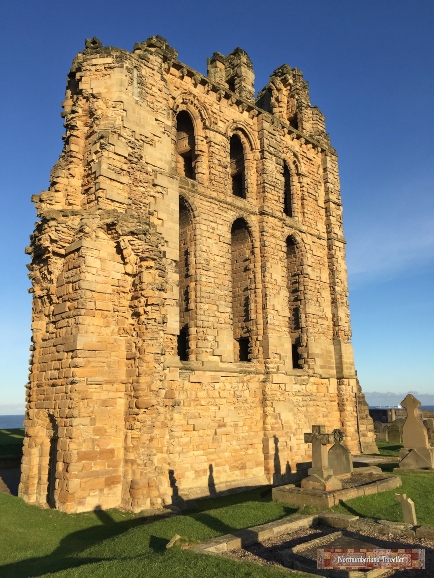
The ruined church we see today was started in 1090 and renovated around 1210.
The monastery was ordered closed by Henry VIII in 1539 and most of the monastic buildings were dismantled. Then the site was used as a major coastal fort and was occupied by soldiers right up until 1960.
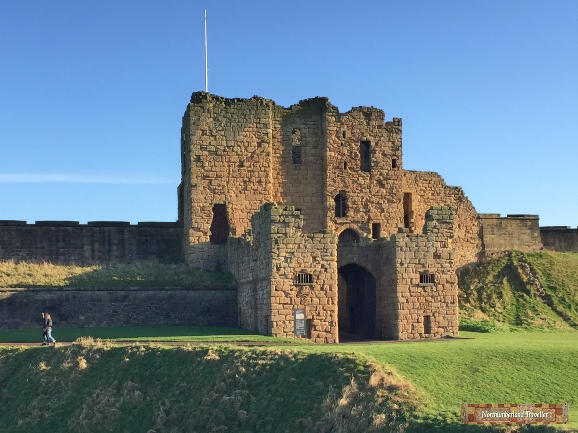
The gatehouse was constructed following a raid by the Scots in 1388. The ground floor consists of a series of passages and guardrooms while the upper floors contain a great hall and a grand chamber which would have accommodated a high ranking official or royal visitors.

The Percy chantry was built in the 15th Century. The Percys were earls of Northumberland and the ornate chapel ceiling shown here is carved with their family emblems.
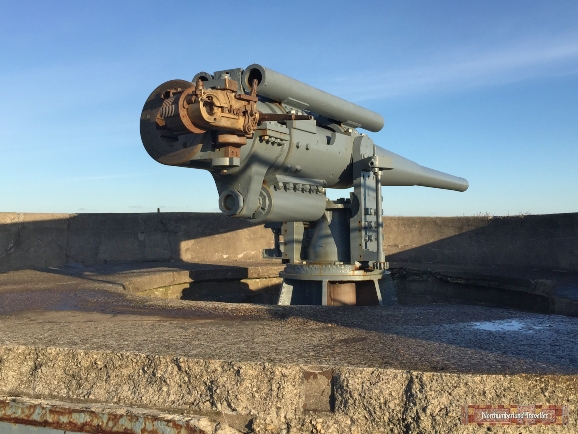
This concrete gun emplacement is one of two constructed in 1902 when Britain was concerned about Germany’s increasing naval threat. The gun is a 6 inch steel Mark XXIII.
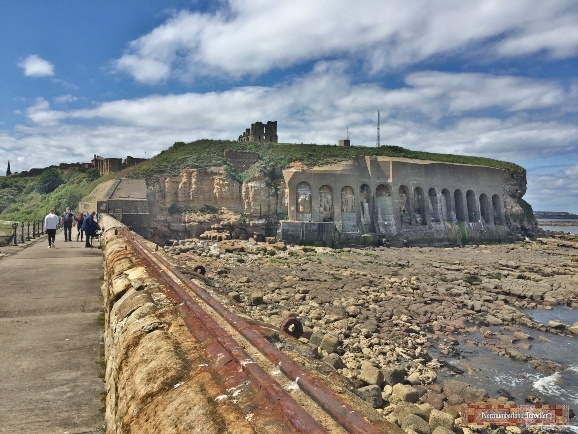
Looking back at the castle from Tynemouth Pier you can see the 13 concrete buttresses built over 100 years ago to strengthen the crumbling cliff edge on which the coastal battery stands.
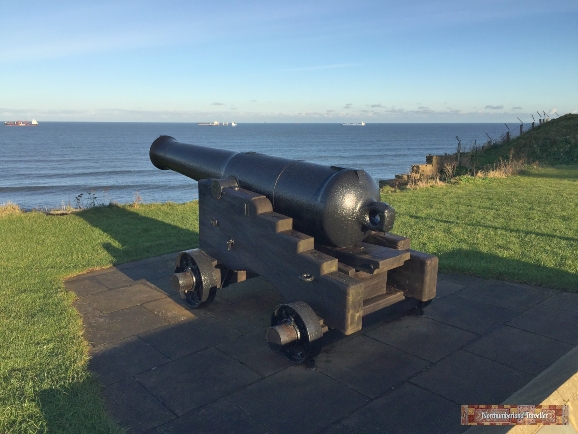
This cannon is from an earlier era. There have been coastal defences at Tynemouth since the 1640s.
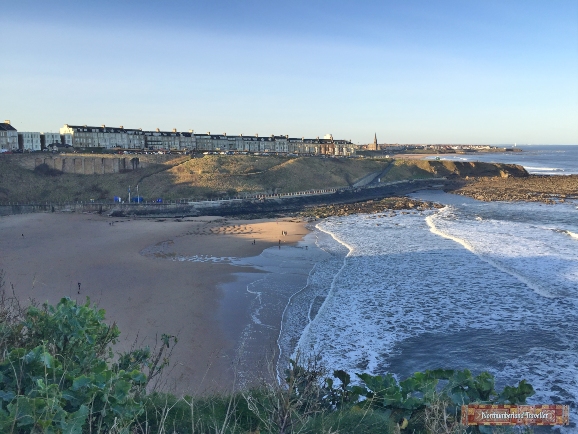
After visiting Tynemouth Priory and Castle you can wander down to the lovely beach at King Edward’s Bay and perhaps sample some fish and chips at the highly rated Riley’s Fish Shack.

The attraction is managed by English Heritage and you can find details of opening hours and prices on their website.
How To Get to Tynemouth Priory and Castle
The location is marked on this map:


One thought on “Tynemouth Priory and Castle”